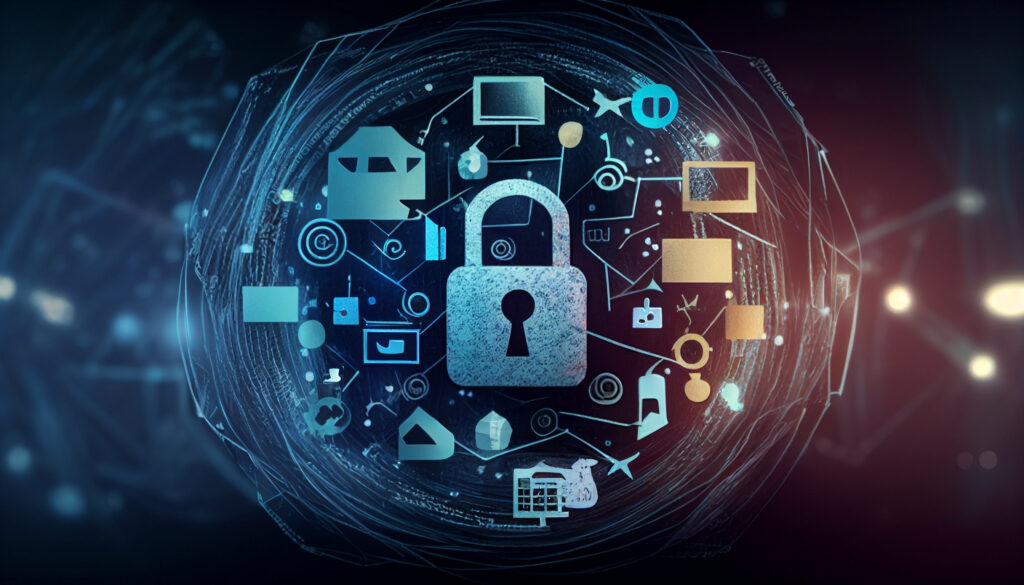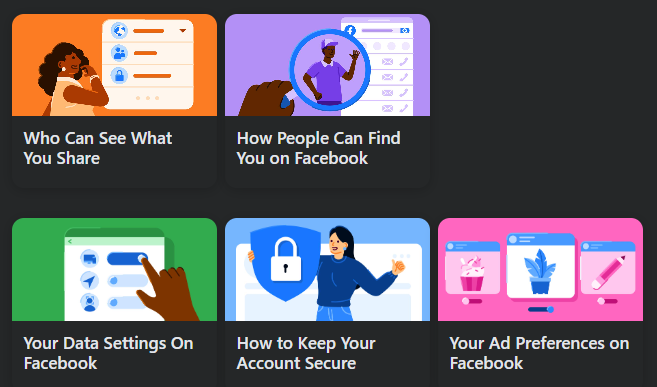Home » Don’t Accept A Friend Request From Me…I’ve Been Hacked
Don’t Accept A Friend Request From Me…I’ve Been Hacked
I hear it all the time, “Don’t Accept A Friend Request From Me…I’ve Been Hacked!” In reality, they weren’t hacked; they were impersonated. Let’s be clear, if someone had actually hacked your Facebook account (or any account for that matter) they would instantly have access to everything you have access to—including your friends list…either way, it sucks!
Here’s a quick distinction between the two:
- Hacked: someone breaks into your account and changes your password.
- Impersonated: someone creates a fake profile using your name and photo.
So what can you do as the “victim”?
Have I Been Hacked?
Whether you’ve been hacked, or impersonated, it’s too late to worry about what you can, or can’t do. You need to focus on getting control back of your account as quickly as possible. In some cases, you may lose access to old messages or photos. If that happens, focus on preventing it from happening again.
That said, let’s focus on what we can do to prevent, or at best, minimize the problem.
The Process
First, we’re going to focus on THE most important thing any user can control: their password. Most users use the same password repeatedly, and, worse yet, it’s simple and short…a hacker’s dream. Let’s update that weak password to something with some teeth. I recommend a password length of 22 characters, or more, and make it really complex. It’s not necessary to remember it. Oh, and write it down.
You can use Word or Excel and record some basic information: The website, the username, the password, and any notes. It should like something like this:
| Website | Username | Password | Notes |
|---|---|---|---|
| facebook.com | [email protected] | Ut2DR^peaKz6&F5jrB&^@u | Random note |
| instagram.com | [email protected] | sZK867dUcx5&nFrgnnSu$N | Another note |
Add a master password to the document. Don’t assume you’re going to remember it. We never do!
Second, you need to record that information offline. Storing them in a secure location is important. Instead of tattered, coffee-stained notebook paper, stacks of Post-it notes, or an old address book, I recommend this password book 
Third, use either a browser password manager. You will need to set a master password for that program as well.
Bonus option: As a backup, you can save your passwords to a USB drive and keep it in a safe place.
Once your password is updated, recorded, and secured, we can get on with securing your account.
Security Is In The Details
Next on the list: make sure your registered email account is still accessible. A lot of times, users have stopped using, lost, or deleted an email account. During account recovery, getting a password reset via email would no longer be viable. If you’ve switched email providers (like moving from AOL or Yahoo to Gmail or Outlook), make sure your current email is connected to your Facebook account.
You should consider using Two-Factor Authentication (2FA).

This does require giving your mobile number to Facebook. However, getting a text is faster, more reliable, and simple. A great alternative to the email password reset. A word of caution: if you previously added a phone number, make sure you still have access to it and that it can receive texts.
Want to know immediately if someone tries to get into your account? Turn on Login Alerts:
- Open
Facebook Password & Security
- Click Login Alerts
- Choose how you’d like to be notified
Privacy Check = Peace of Mind
Finally, let’s talk about the elephant in the room that no one wants to acknowledge: Profile Security Settings. Most people assume when they created their account, that Facebook had their best interest at heart. This couldn’t be further from the truth. Facebook doesn’t care if you get hacked just as long as there is a user that is using their platform and seeing their paid ads.
And, if you’re like most people, you created your account years ago, BEFORE the need for security and privacy. So, let’s lockdown your account! This will only take a few minutes and will go a looong way to protecting you.
Run a 👉 Facebook Privacy Checkup and review your settings.

We’re going to focus on Who Can See What You Share. Click on the link and on the next popup, click on Continue. Although there is a lot of data, we’re going to the bottom of the list: Who can see the people, Pages, and lists you follow? You have a few choices. Do NOT use Public! You can use Friends. That means only your friends can see what you post. This is a great balance between accessibility and privacy.
Click Done and you’re Done!
Quick Recap!





Performing these simple, easy to follow instructions, you are on your way to safe and secure surfing. Congratulations!!!
